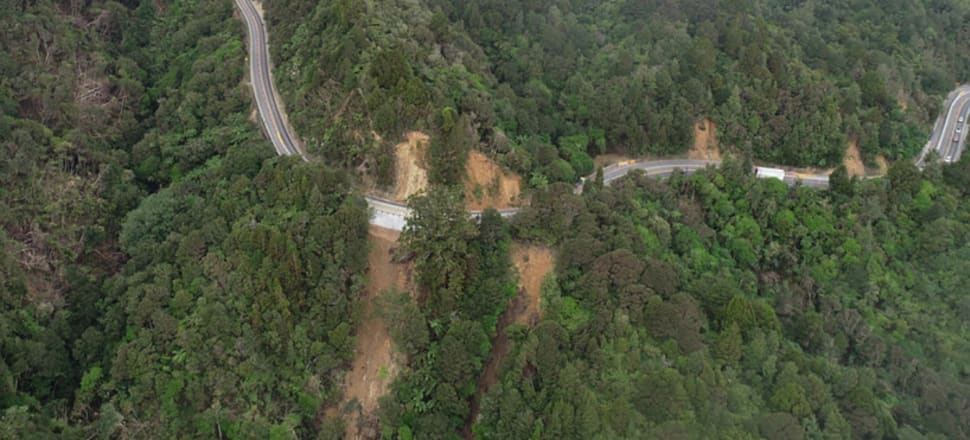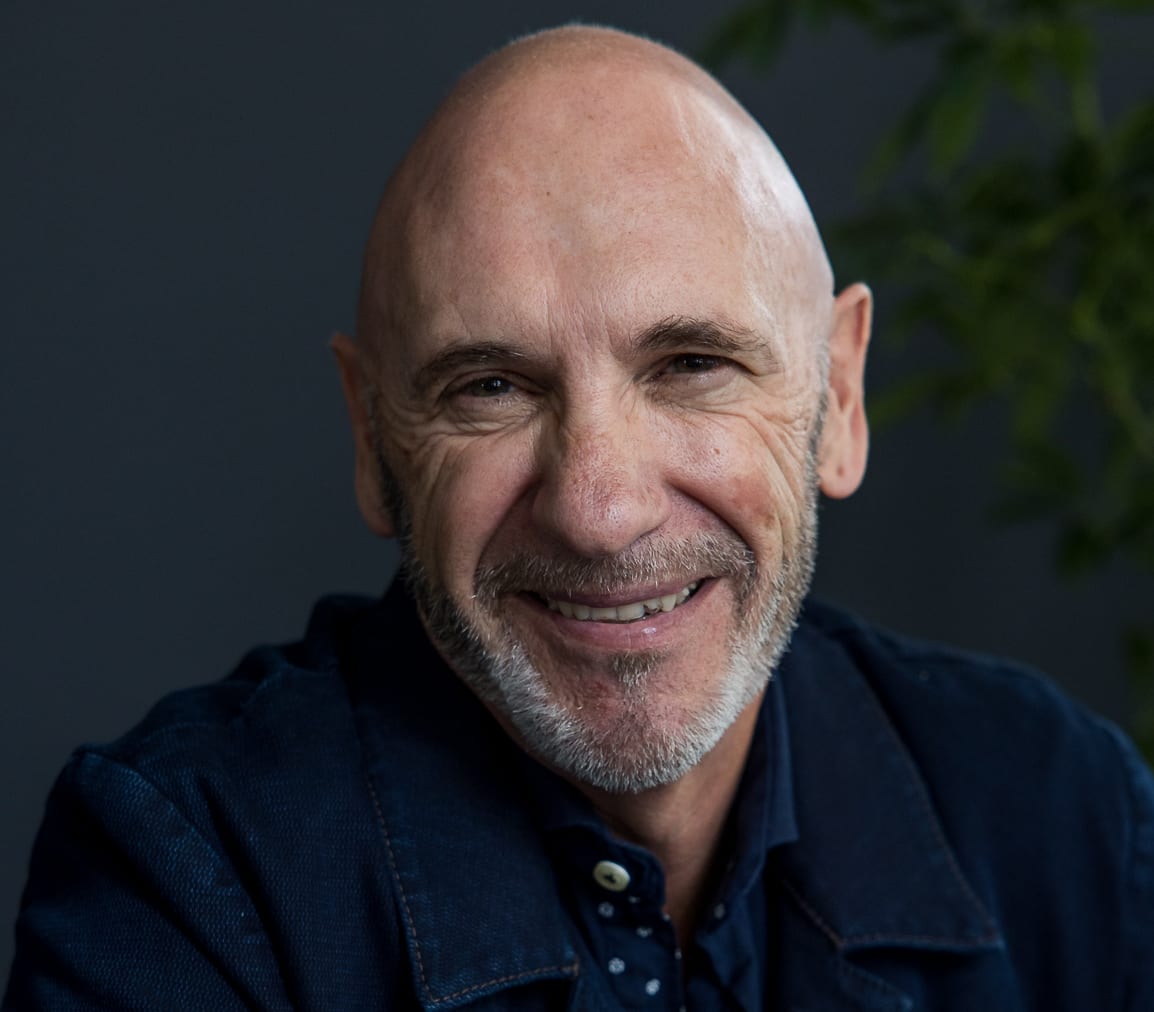
A new business group is keen to get roading investment between Northland and Auckland happening urgently
A consortium of Northland business interests has united voices in a call for urgent investment in roads to the north.
The Northland Corporate Group, made up of large organisations like Channel Infrastructure NZ, McKay Limited and Northpower, is calling the current state of roading links an “economic barricade” to tapping into the potential of the region.
READ MORE:
* Cabinet approved new roads despite climate costs
* Industry group seeks answers over transport delay
Northland was the fastest growing region in the country through the past decade, with an estimated population passing 200,000 for the first time this year.
The following chart shows Northland's population growth compared with other North Island regions with similar populations:
But despite notable population growth, regional development agency Northland Inc. reports a mixed picture from the region’s economic indicators.
The first quarter of 2023 saw Northland’s economic performance taking a dip, which the agency puts down to the influence of late summer’s severe weather events.
And a huge share of the impact of the weather came from one specific storm hammering one specific stretch of road: Cyclone Gabrielle forced the closure of the section of State Highway One that winds through the Brynderwyn Hills south of Whangārei.
It’s a crucial chokepoint for routes north, with alternate routes on either side constrained by narrow winding routes or low rail bridges, which prevent the easy traffic of freight.
The Brynderwyns have long been a stone in the shoe for Northland – a roading conundrum as well as the site of the country’s deadliest road accident, when a bus lost control of its brakes in 1963 and crashed, killing 15 people.
There is a stark and alien beauty to the hills – steep and unforgiving, and never a sure thing in bad weather.
Earlier this year, severe slips above and below the highway closed the route for nearly two months until major earthworks had been completed.
A report from Northland Inc. found the cost of the closure for the region was around $112.8 million.
Northland Inc chief executive Paul Linton said the urgent need for resilient roading infrastructure had been highlighted by the extended closure of the Brynderwyns.
“An independent report commissioned by Northland Inc showed the cost of that closure to be $1.94 million a day, totalling a massive $112.8 million impact to our region’s economy,” he said. “This closure directly negatively impacted Northland’s businesses and communities. A permanent, resilient roading network, namely a four-lane expressway including Dome Valley, the Brynderwyns and the entrance to Whangārei, is crucial to enabling the Northland economy to function.”

And now Waka Kotahi is examining advice that could see the Brynderwyns closed for two months early next year while further recovery and rebuild work is done, as reported in The Northern Advocate.
Roading was a priority issue for Northlanders in the run-up to this year’s general election. Most candidates campaigned with roads as a headline issue.
Northland MP Grant McCallum told Newsroom roads were the “first, second and third priority in Northland” and the first thing people brought up in his pre-election door knocking.
But with coalition talks ongoing, it's unclear how exactly the upcoming National-led government will approach the road between Whangārei and Auckland.
National's transport policy lists four lanes from Whangārei all the way to Tauranga as its long-term vision, with the lengths between Whangārei and Marsden Point (to begin in the next one to three years at a cost of $1.3 billion) and then Wellsford and Warkworth (to begin in the next four to ten years at a cost of $2.2 billion) as the first priorities.
This covers almost all of the route between Whangārei and Auckland except for the stretch through the Brynderwyns.
Once the initial work is done on those sections, National's policy said it would look to link Port Marsden and Wellsford, with an alternative route around the Brynderwyns.
But with New Zealand First and Act coalition partners to contend with, it's not clear if National will be able to bring this vision into action without some changes.
One of New Zealand First's policies is to have no roads privatised or corporatised, while National has said it is keen to fund big projects through private-public partnerships. Whether this will cause such projects to reach an impasse remains to be seen.
For it's part, New Zealand First has talked in the past about updating the highway between Whangārei and Marsden Point, although at present its policy documents only list upgrading the rail spur between the port and the main line when it comes to that specific part of the country.
Meanwhile, the Act Party have voiced significant enthusiasm for public-private partnerships and using toll roads to fund roading projects, and have singled out Northland roads as a particular area in need of more maintenance.
Andrew McLeod, chief executive of Northpower and co-chair for the Northland Corporate Group, said Northland had stepped up its economic contribution, but unreliable transport links kept it from contributing as much as it could.
“The lack of a robust transport corridor between Northland and Auckland is a massive handbrake on realising the region’s true potential,” he said.
McLeod said better roading would improve freight, tourism, regional growth and road safety.
“During the past 20 years, Northland’s population growth has been 30 percent higher than the rest of the country,” said McLeod.
“The region is rich in primary production, energy, logistics and human capability. So alongside having resources for its own economic prosperity, Te Tai Tokerau Northland is integral to supporting Tāmaki Makaurau’s and Aotearoa’s economic and environmental aspirations."

The Northland Corporate Group comprises Channel Infrastructure NZ, Culham Engineering, Marsden Maritime Holdings Limited, McKay Limited and Northpower – a list of organisations that combined has an annual turnover north of $1 billion, employs more than 3,500 people and delivers essential services to around two-thirds of Northland’s population.
The group is sending a survey to the Northland business community to understand the impact of infrastructure on Northland businesses and the economic benefits of extending the motorway on State Highway 1 north of Auckland to Whangārei and Kaikohe.
“The winterless north feels very much like the isolated north, and we want to make the case to fix that,” McLeod said. “But first we need to demonstrate the economic prosperity that can be unleashed with robust roading links and that’s why we are calling on all businesses to complete our survey, which will support a case for investment.”
The results of this survey, including questions like “Overall, how do you think upgrading to a high quality four-lane motorway and decreasing travel time would impact your business?" will be released early in 2024.
The survey doesn’t include questions about alternative transport options such as rail, or raise any concerns around the continued carbon emissions associated with more investment in the road network.
McLeod said it wasn’t a case of picking one solution and excluding others, but rather of making sure there was a clear evidence base on what the community thought when it came for politicians to decide on Northland’s transport options.
“The contribution we think we can make is to do the economic analysis that provides the evidence for whoever is in government,” he said. “They need solid data to make that investment.”
He said the population growth seen not just in Northland, but also in Waikato and the Bay of Plenty, showed there was a growing economic zone surrounding Auckland.
“Looking at the road specifically is really us saying 'let’s make sure we get that whole region working properly',” he said. “To get Auckland running you need to get those satellite cities working too. We’re increasingly stepping up to support Auckland’s growth, but the road is becoming the barrier to that. That’s why we want to give an economic basis for what’s possible with a decent corridor.”
He said while the Brynderwyns road was a clear weak spot, the group was interested in the entire corridor, and pointed out other unreliable areas like Dome Valley.







